As part of an ongoing certification process, Airbus’s new long-range narrow-body plane, the A321XLR, completed a 10-hour test flight from Dublin to Miami on September 19th. That’s longer than any route currently flown by a narrow-body aircraft (the longest is SAS’s 9.5-hour Copenhagen to Washington flight).
As more and more airlines seem to be planning long-haul flights for narrow-body jets, I wanted to take a look at what this will actually mean for the passenger experience. Spoiler alert: it’s a pretty mixed bag, and I’ll personally opt to fly on wide-body planes when I can.
A321XLR’s marathon flight from Dublin to Miami
The Airbus A321XLR, having entered production earlier this year, is undergoing the final stages of its certification process. The 10-hour proving flight from Dublin to Miami recently served as a crucial test in a series that will lead to its full certification.
The flight (AIB09AB) took off from Dublin Airport at 9:57 AM local time before heading southwest over the Atlantic and landing in Miami 10 hours later at 4:04 PM local time.
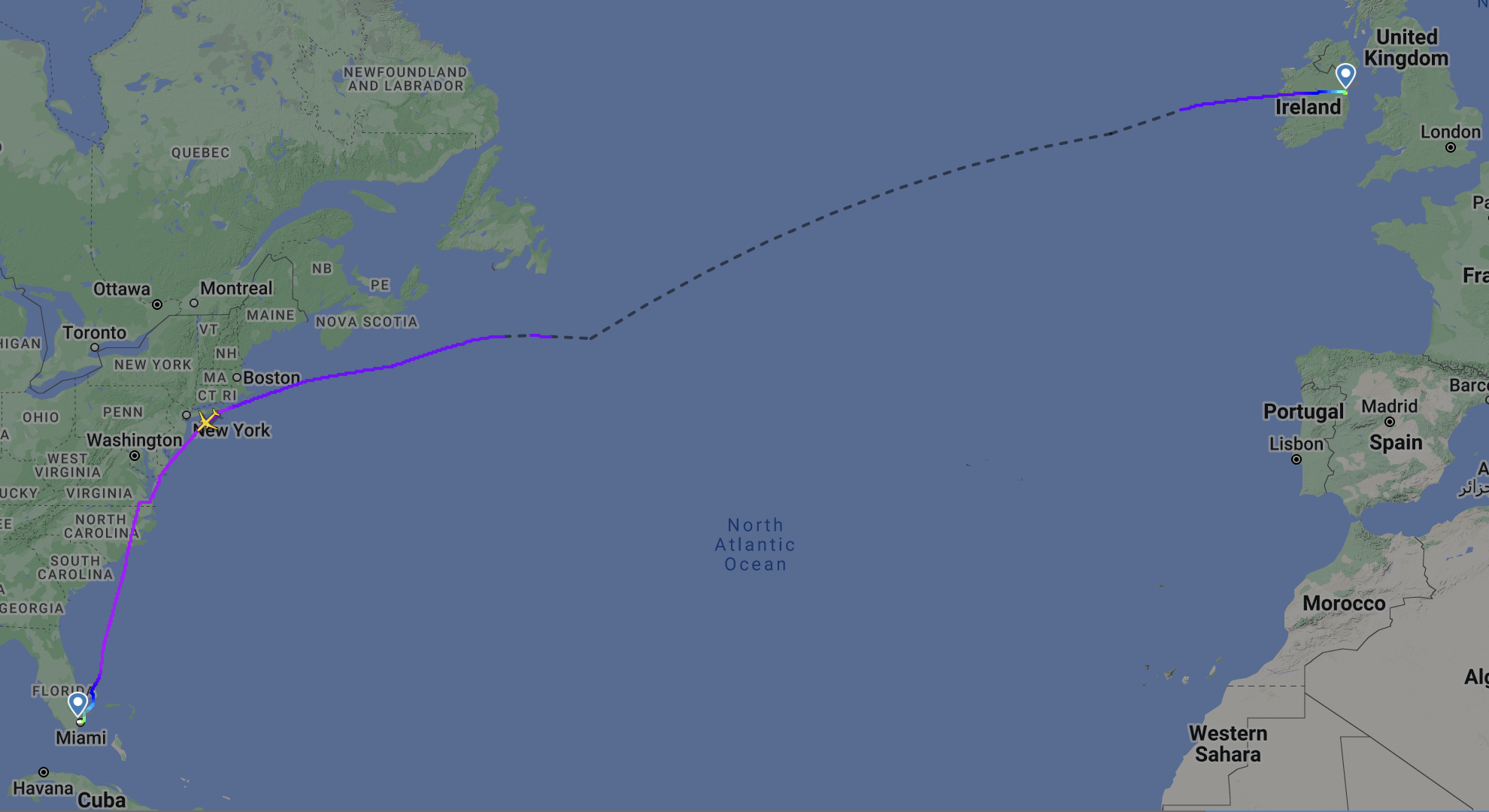
Background on the A321XLR
The Airbus A321XLR marks an emerging chapter in commercial aviation. Notably, the A321XLR is designed to be the longest-range single-aisle plane in the world, boasting an impressive range of approximately 5,400 statute miles. A bunch of major airlines such as American Airlines, United Airlines, Qantas, IndiGo, Wizzair, Saudia, and MEA have already placed orders for this aircraft.
Pros of the A321XLR
Fuel efficiency and extended range
Technological advancements have granted the A321XLR improved fuel efficiency. That efficiency, as well as sophisticated fuel tank configuration and elevated maximum takeoff weights, has enabled the aircraft to fly longer distances without compromising on payload capacity.
The extended range is a fundamental shift in the possibilities for narrow-body aircraft, and outperforms older narrow bodies like the Boeing 757 in terms of long-haul capabilities. Whereas long-haul flying on narrow-body planes like the Boeing 757 and 737 has traditionally been more of an exception than the status quo, the A321XLR is designed specifically for longer routes.
Point-to-point convenience
Probably the most compelling feature of the Airbus A321XLR is its ability to facilitate point-to-point long-haul travel. By enabling airlines to operate long distances with a narrow-body aircraft, the A321XLR opens up the possibility for more direct routes between smaller airports that may not have the demand to sustain larger, wide-body flights. This could minimize layovers for passengers, reduce the risk of missed connections, and potentially lead to a more streamlined and efficient travel experience.
Comfortable economy seats
Passengers in the economy class will appreciate slightly wider seats, which measure 18 inches, a noticeable improvement over the 17-inch seats found in many wide-body aircraft.
Cons of the A321XLR
Worse business class
The narrower fuselage of the A321XLR may limit creative business class configurations. Most airlines are expected to adopt staggered layouts that offer direct aisle access for most, but not all, seats. That’s going to be a slight step back from modern business class seats on wide bodies.
Having had the opportunity to actually try out a few upcoming narrow-body business class seats at this year’s Aircraft Interior Expo in Hamburg, I can also confirm that they’re much tighter and significantly less comfortable than their wide-body counterparts. They’re also likely to face away from the window at a fairly aggressive angle.
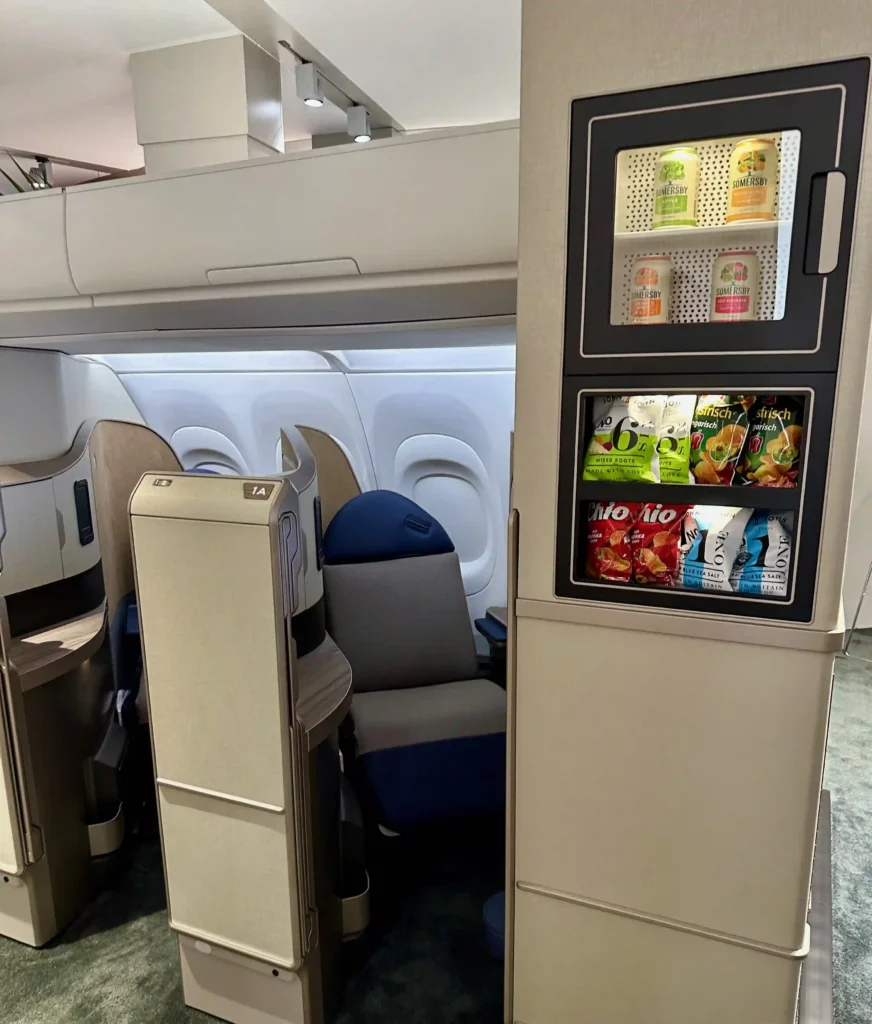
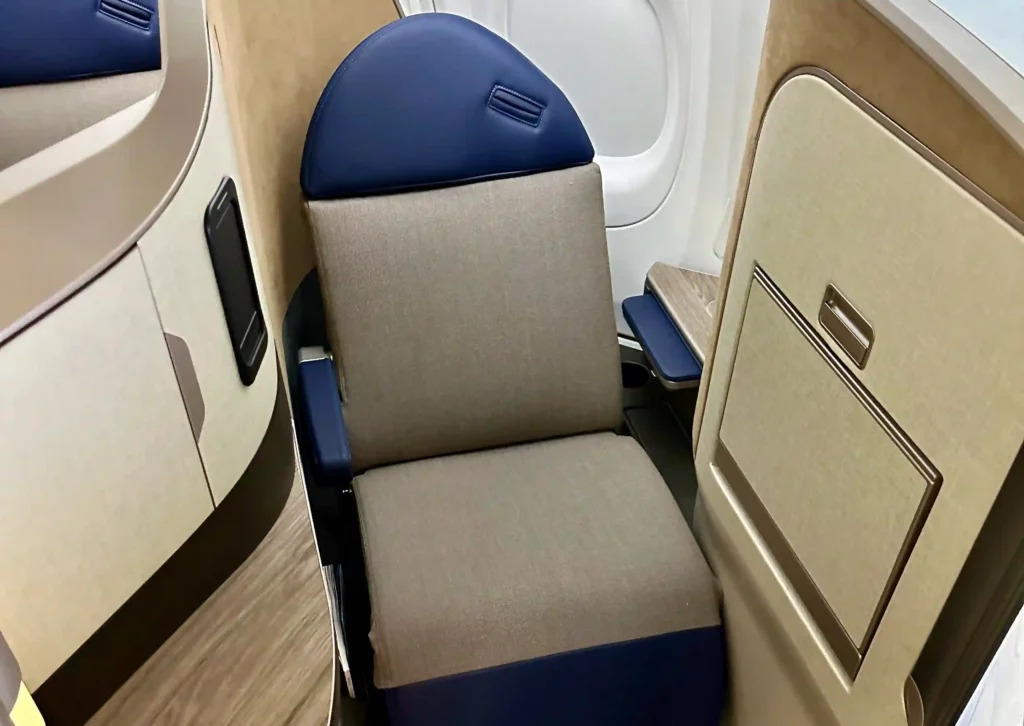
The aircraft’s small size will probably make it hard for airlines to offer a premium economy section, and I suspect most airlines will opt for a two-cabin configuration. That’s a bummer because it reduces options for passengers who want a middle ground between economy and business class.
Crew Comfort
The A321XLR presents challenges for flight crews, as it lacks private crew rest areas with fully flat beds that are standard on most modern wide-body aircraft. The upshot of this, I suspect, will be that the less experienced crewmembers who don’t have as much power as more senior employees to choose their routes will end up staffing these routes. That’s a potential detriment to the passenger experience.
Conclusion
The Airbus A321XLR is a game-changer in terms of its exceptional range and fuel efficiency. It opens the door for airlines to offer direct long-haul routes that were previously unfeasible with narrow-body aircraft. However, it does come with compromises in terms of cabin comfort and amenities, especially for business class and premium economy.
For passengers, the real question is whether the convenience of a direct long-haul flight worth the trade-off in onboard comforts? Avoiding layovers and reducing travel time may well tip the scales in favor of this revolutionary aircraft but, for me at least, I’ll take the comfort of a wide-body plane any day of the week.
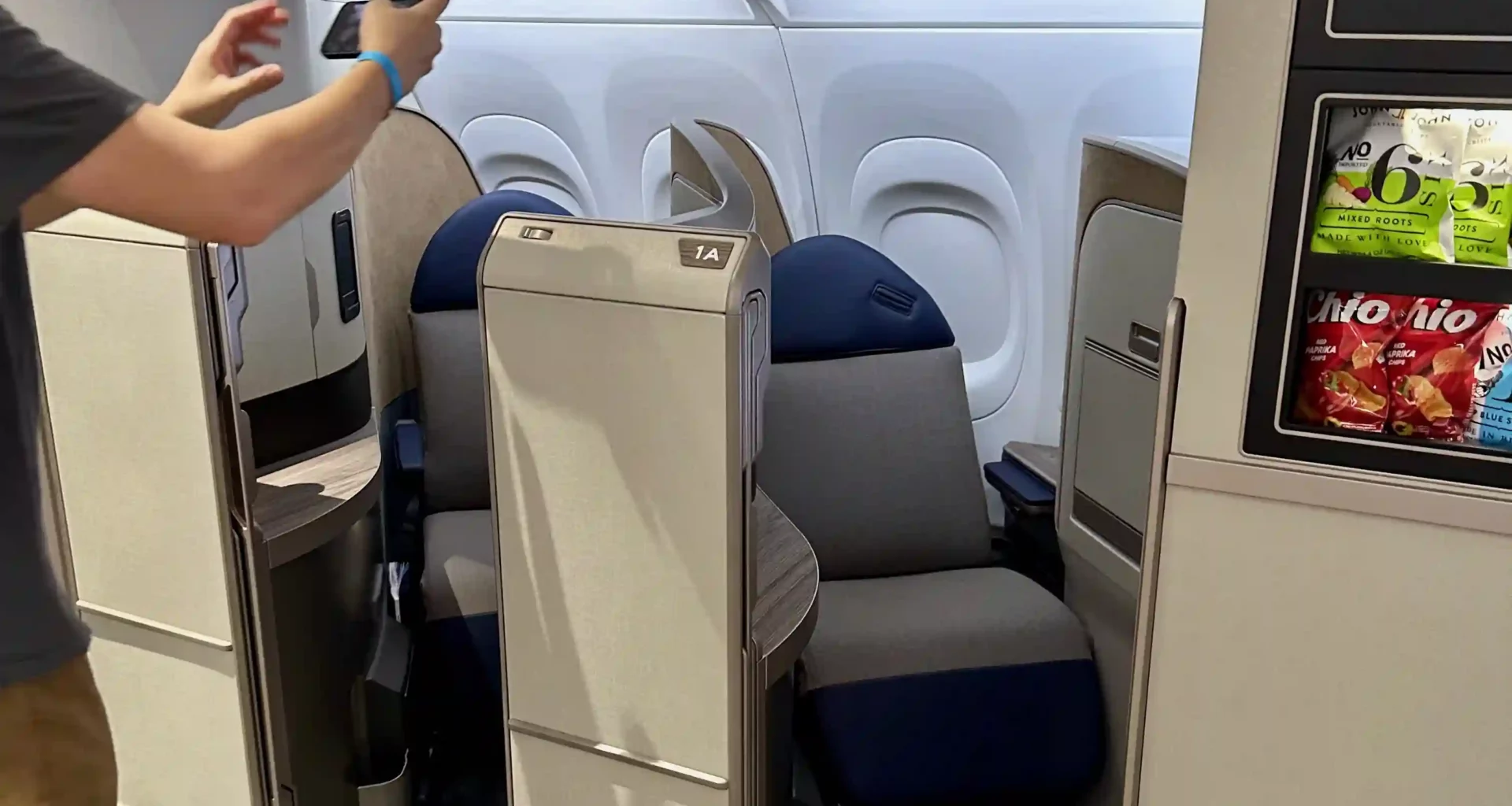
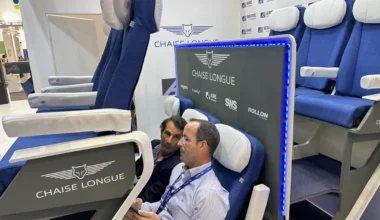

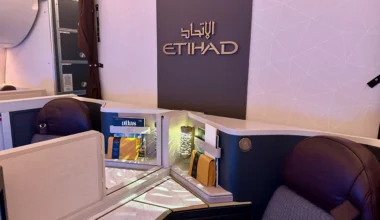

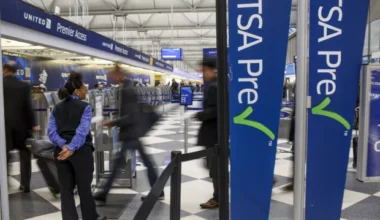

3 comments
In a way not only nothing new except range but I guess most people don’t remember long-haul flights on narrow-body DC-8s, 707s and VC-10s. We’re just going backwards.
All about the money for the airline. To hell with the passenger. Just like Delta’s current complete fiasco with their SkyMiles program. What ever dime an American flagged carrier can squeeze out of a passengers pocket, the better.
At least two of the major forthcoming XLR operators (United and American) have confirmed they will be flying with a premium economy cabin… likely 12 seats at 2-2 abreast; basically domestic first class.